While the shape and function of the sink has remained largely similar throughout its modernization, as a network it has greatly changed through time, perhaps most tangibly expressed in the reduction of the visibility of water in Japanese daily life. Even though water-supply systems were introduced within cities in the Edo Period, daily water management still entailed close human interactions: guarding the water source, lifting water from the well, common laundry activities, etc. Although the widespread introduction of underground water-piping systems and pumps after World War Two enabled the direct delivery of water to individual apartments, wastewater still remained open and thus visible. Further improvements in the closing decades of the twentieth century, in the form of pressure pumps, facilitated universal direct supply, even to multistory buildings. At the same time, grey water and black water are now systematically transported to treatment plants through a sewage system, hidden from sight, before being fed back into rivers or the sea.
Sink
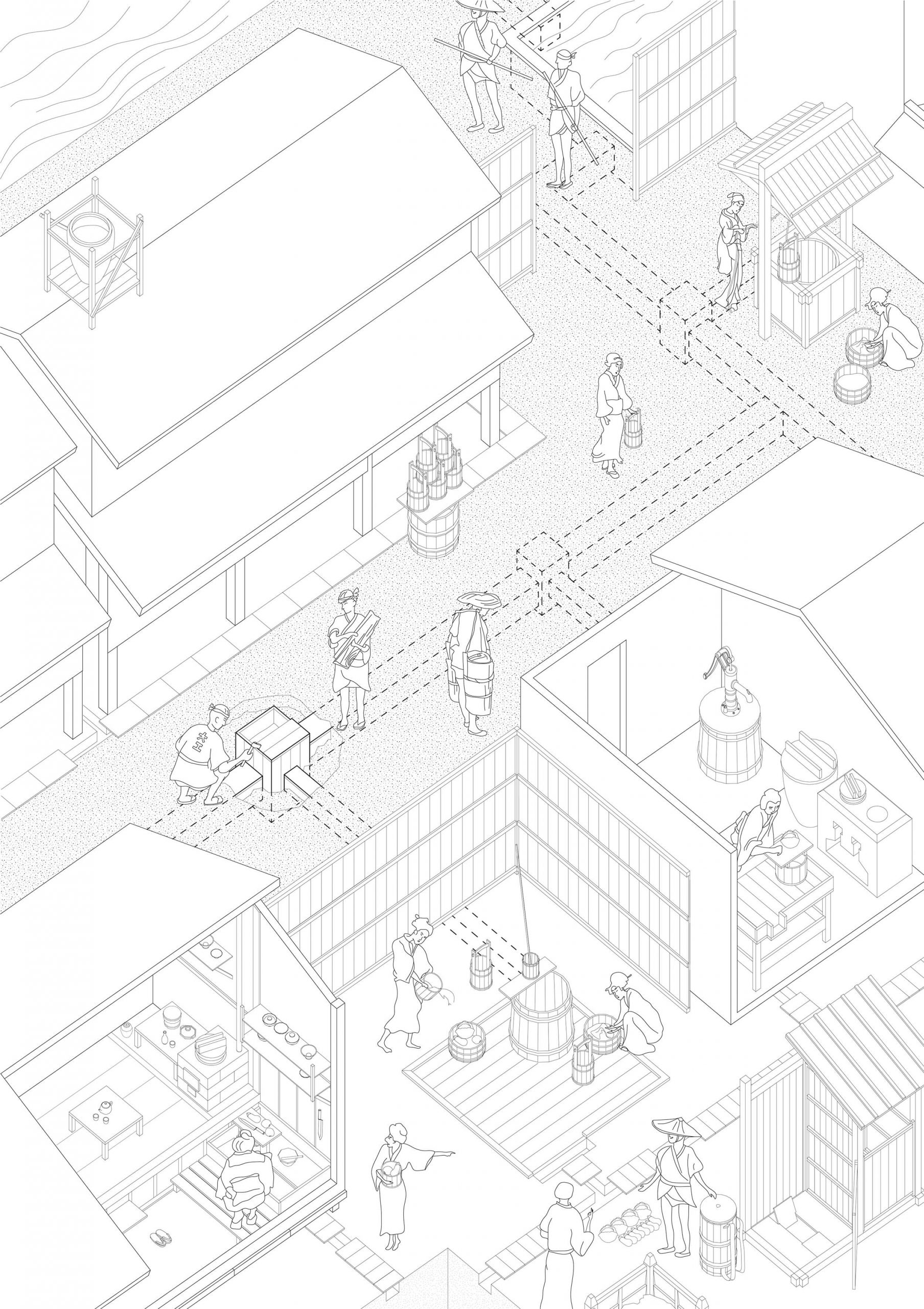
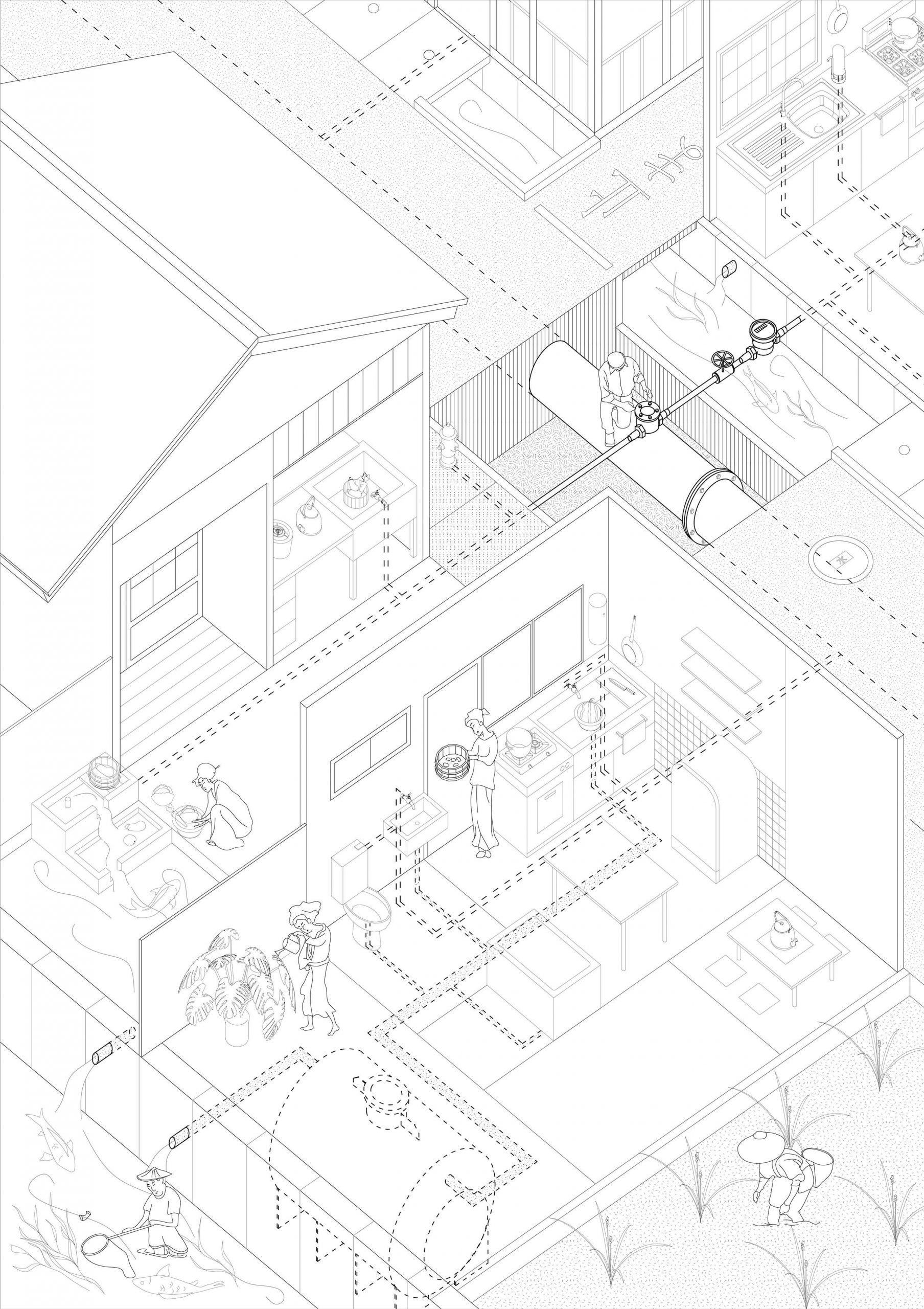
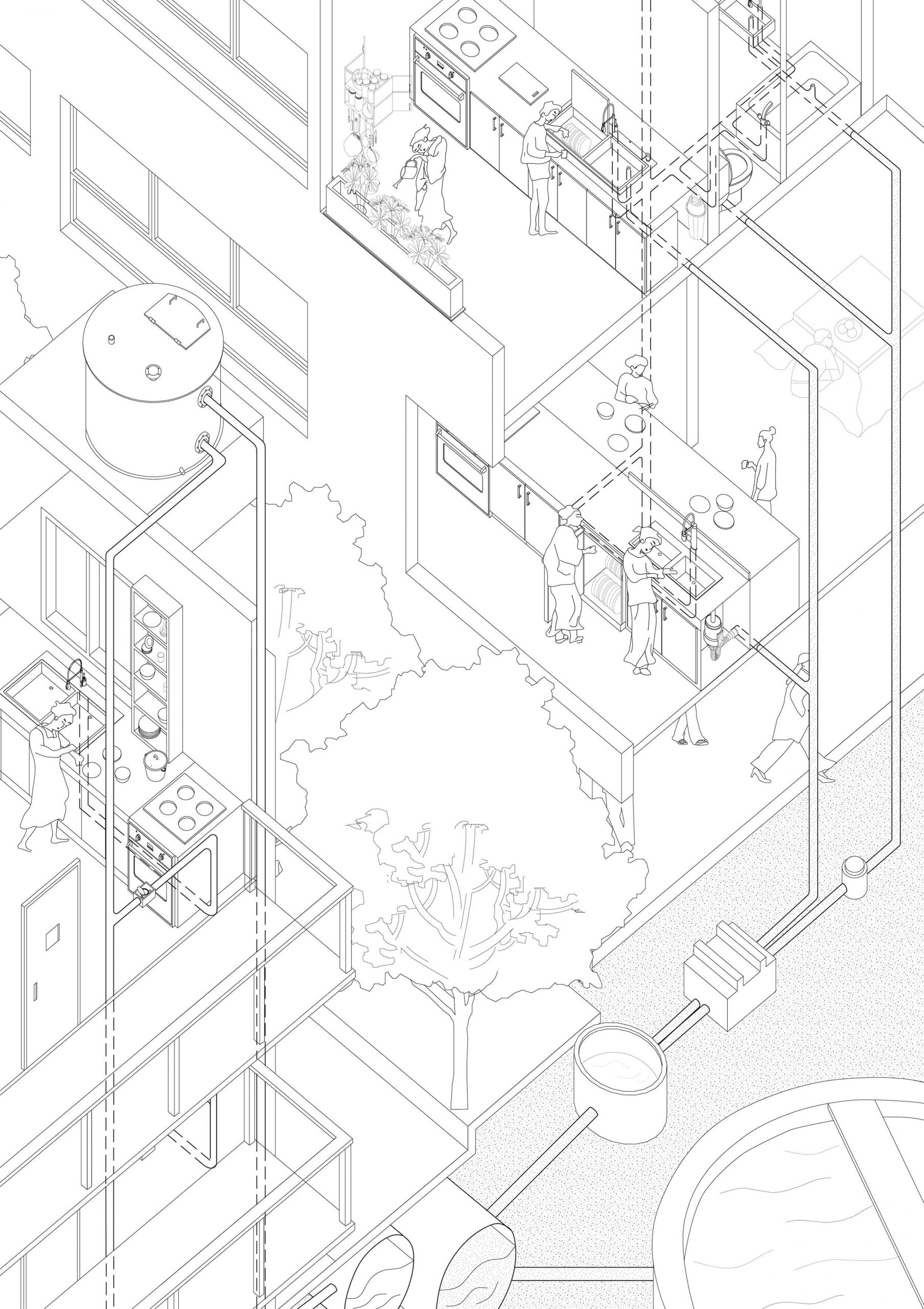
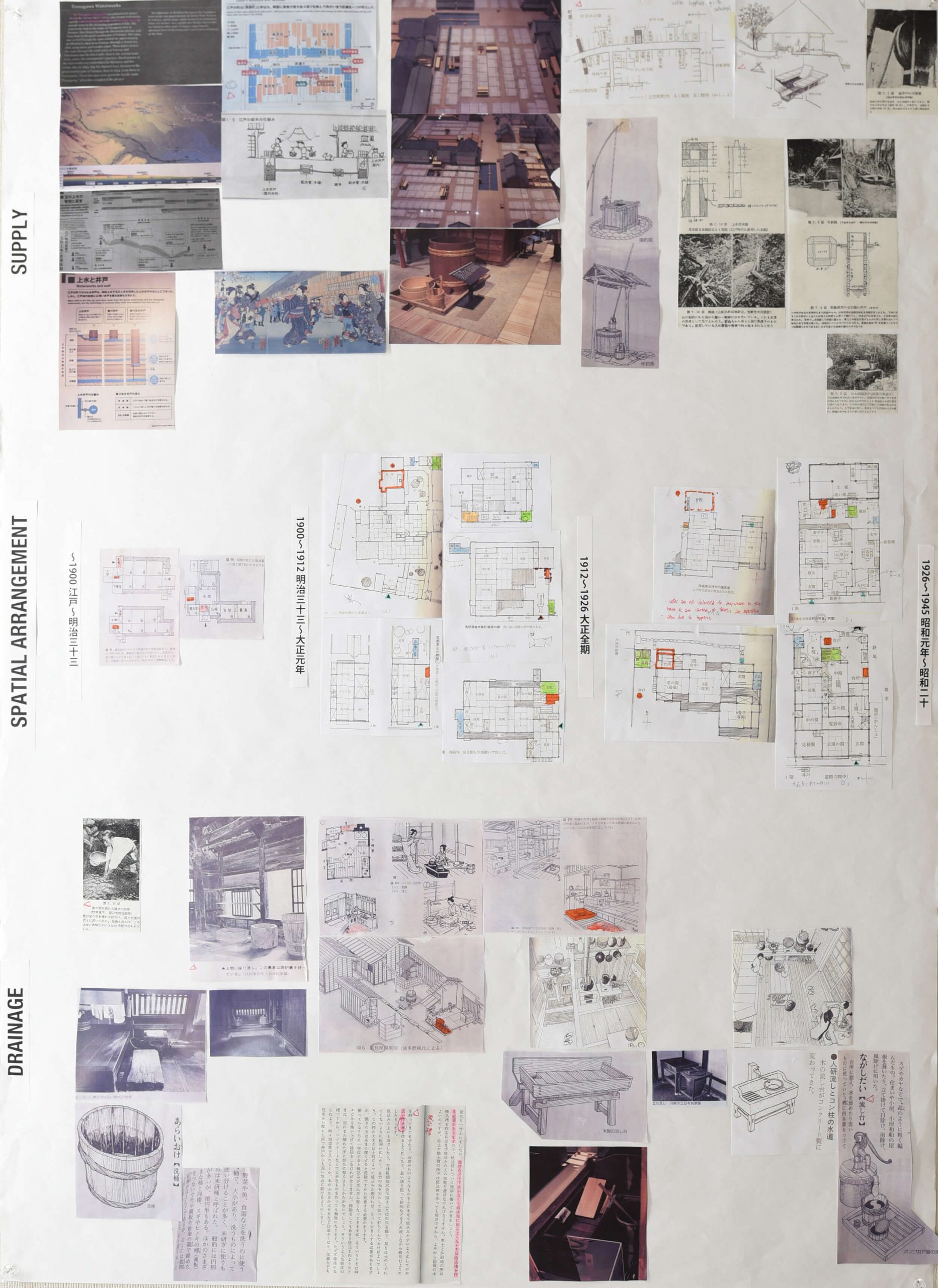
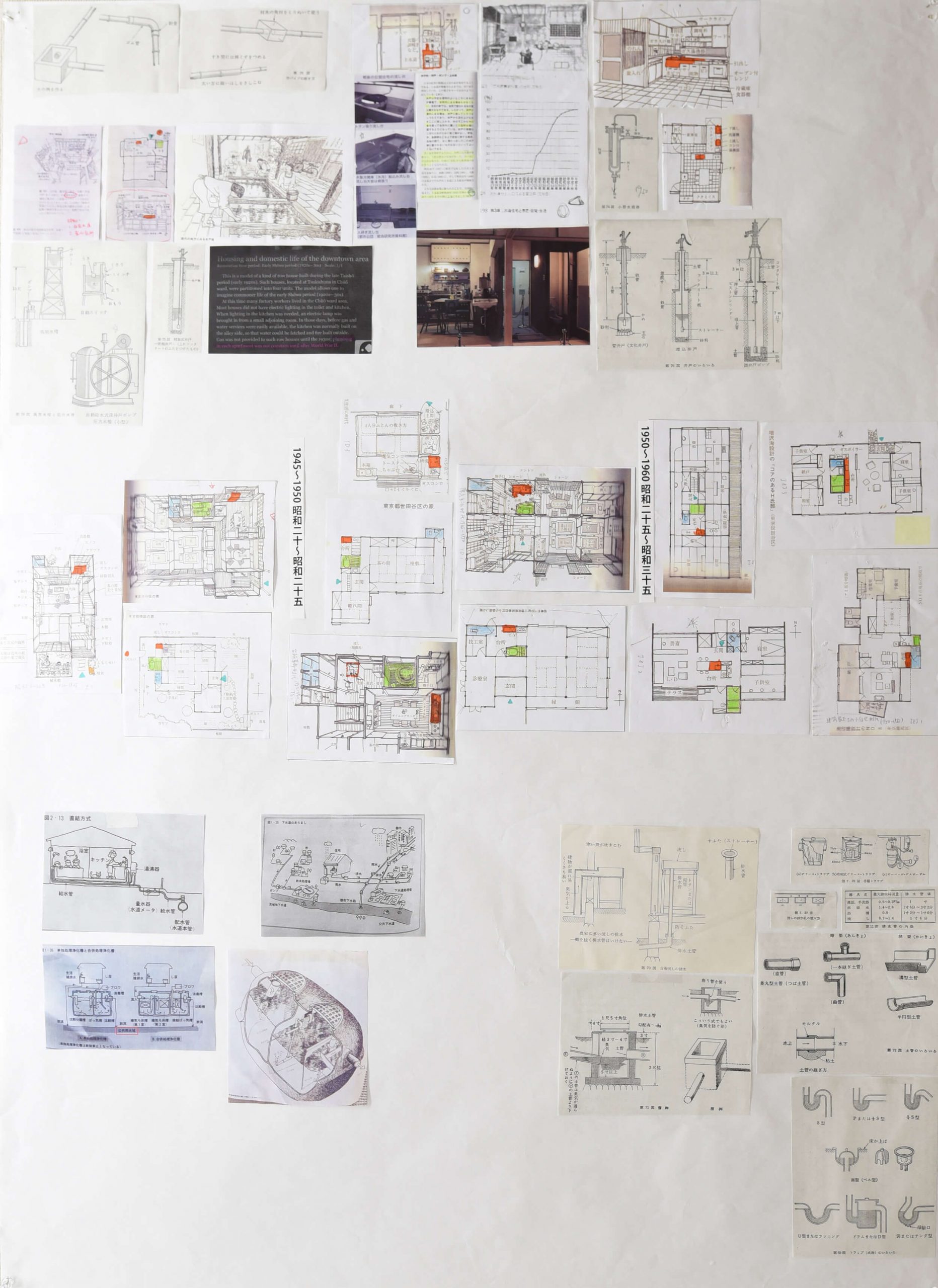
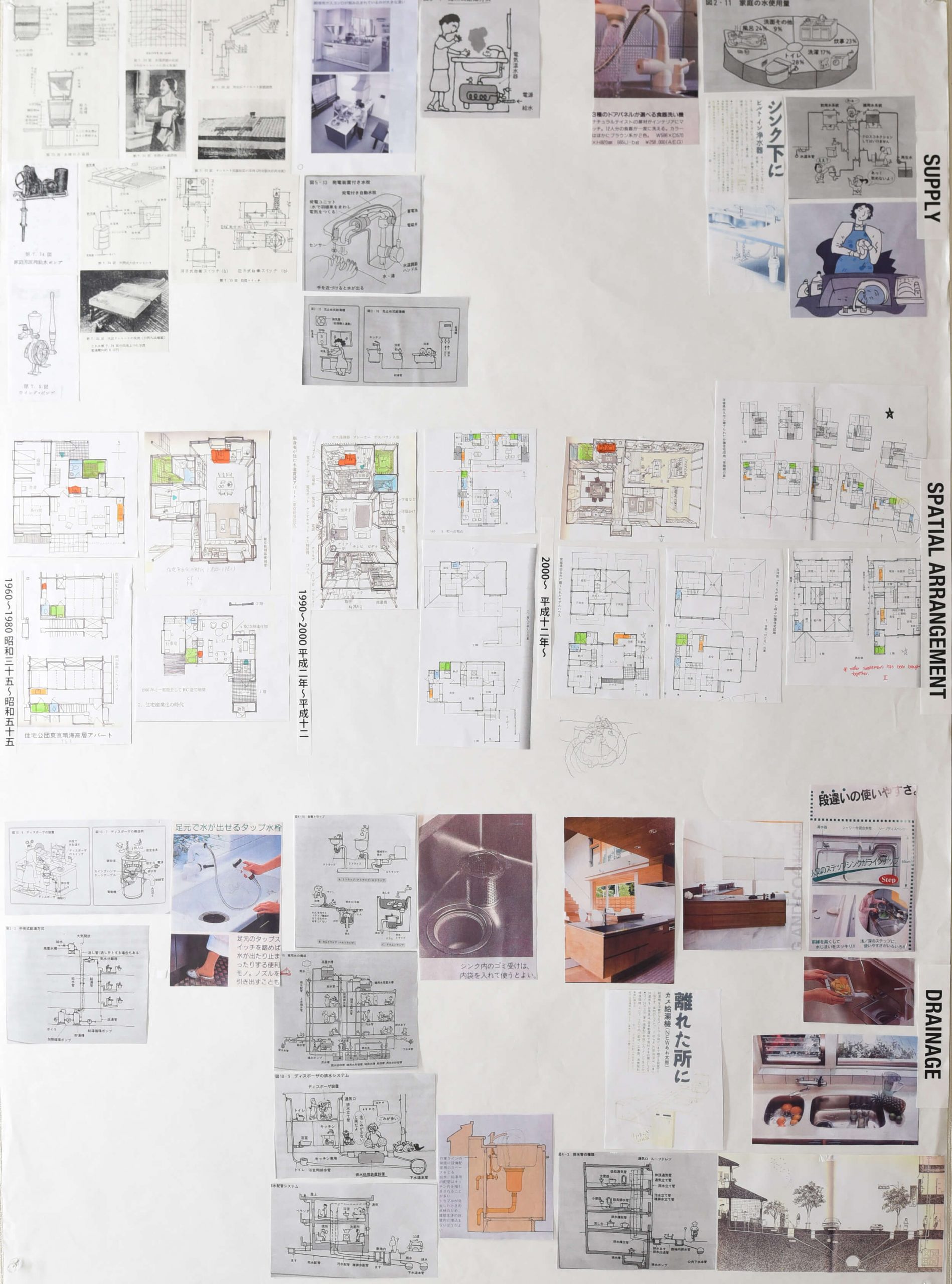
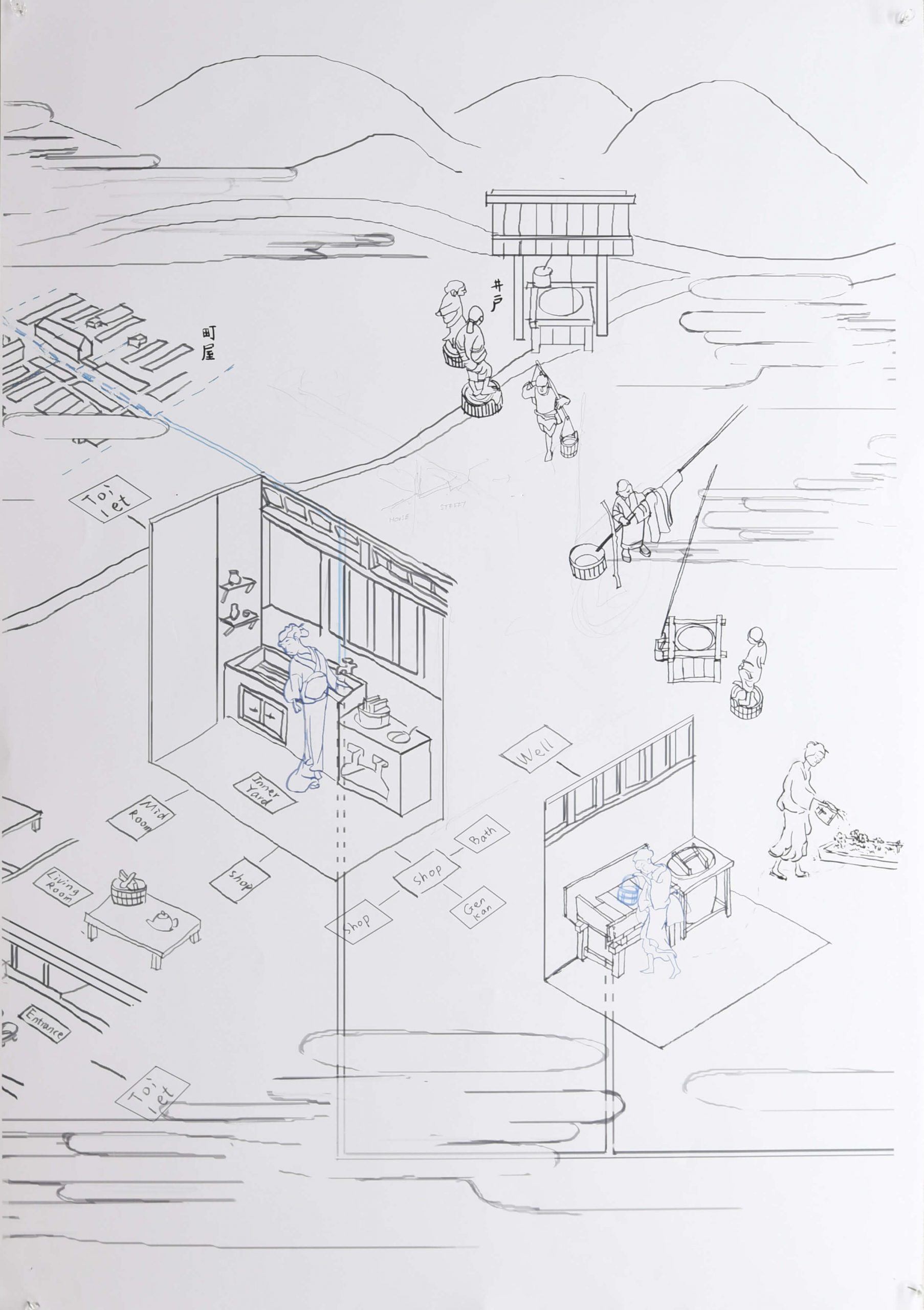
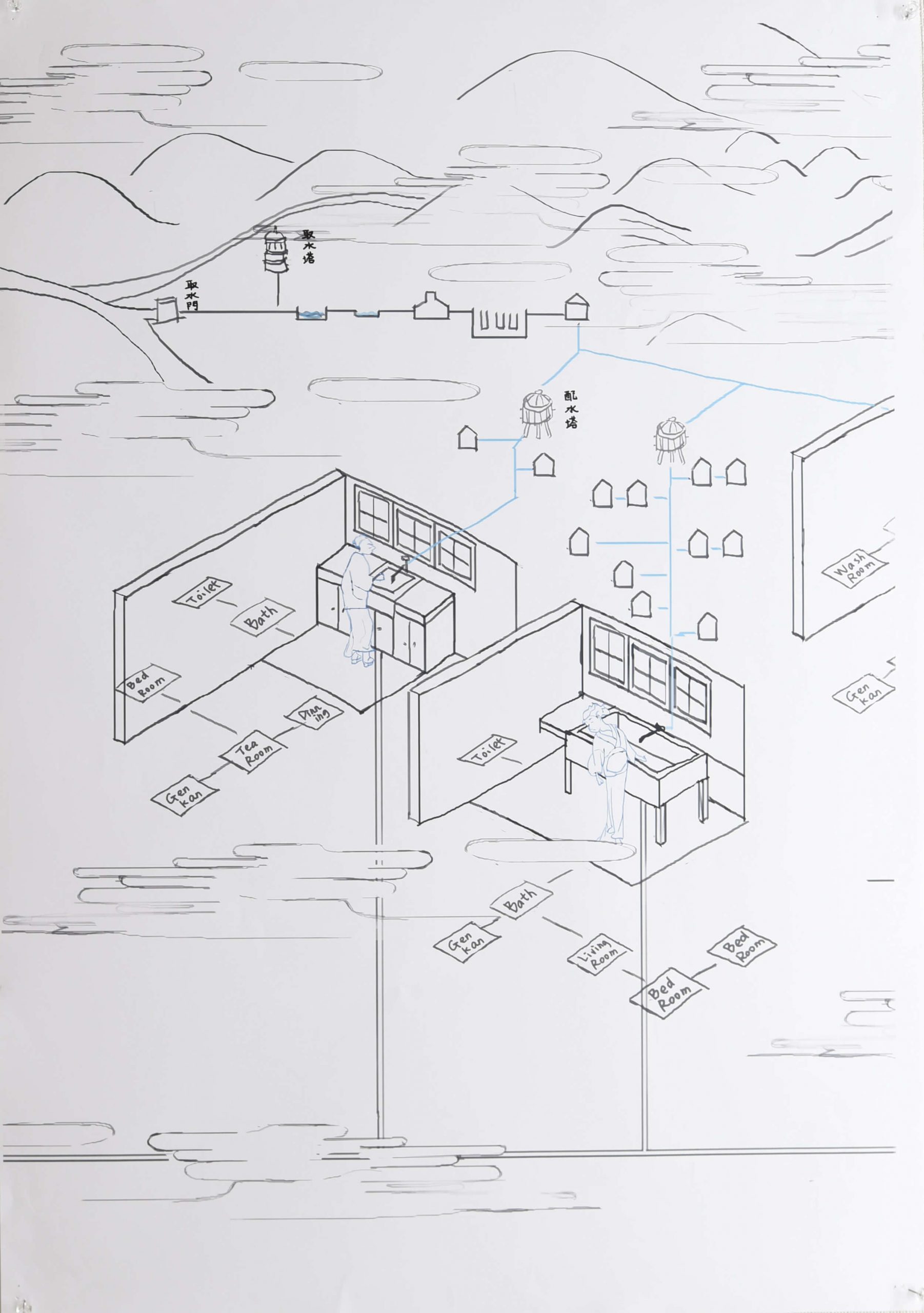
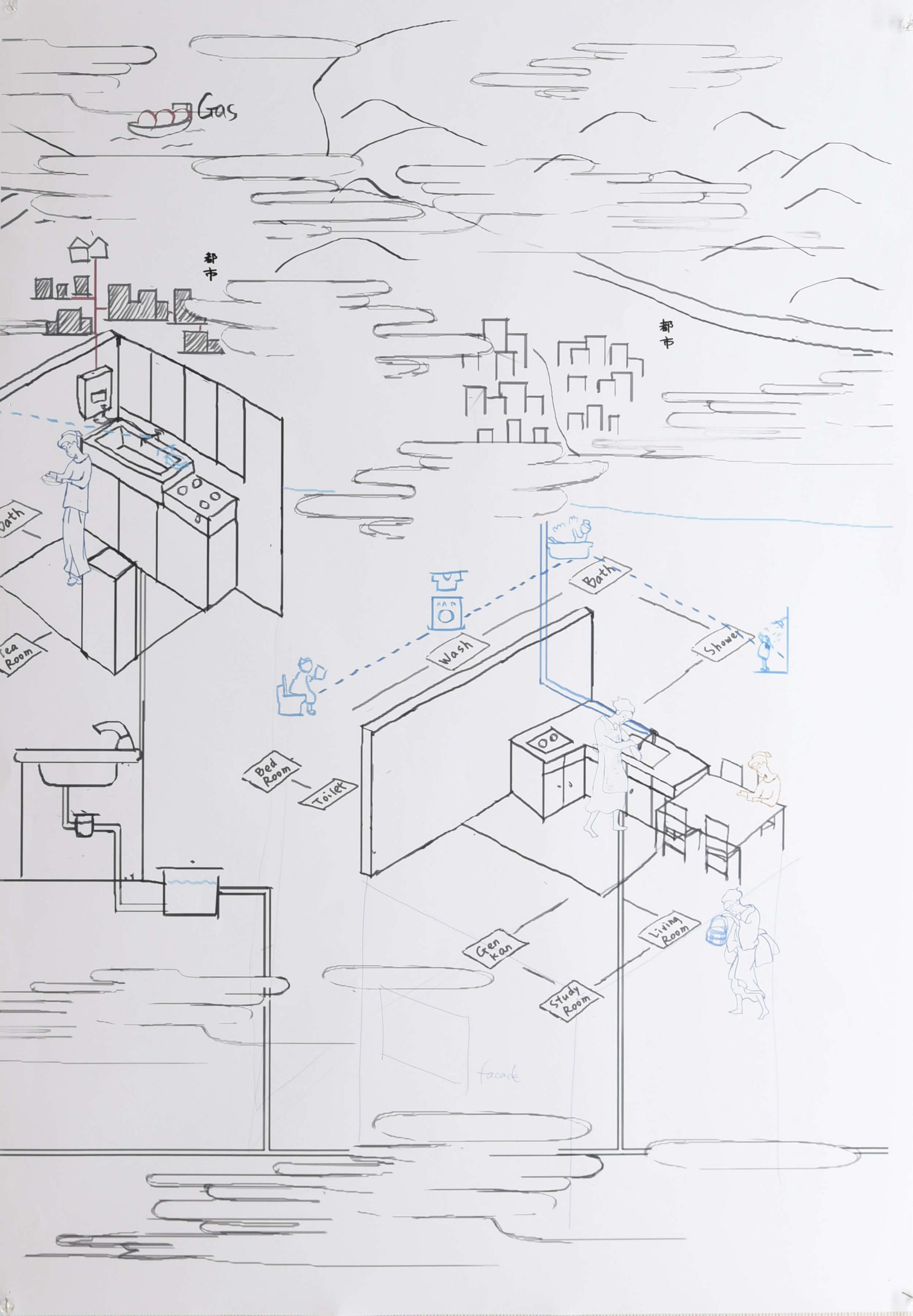
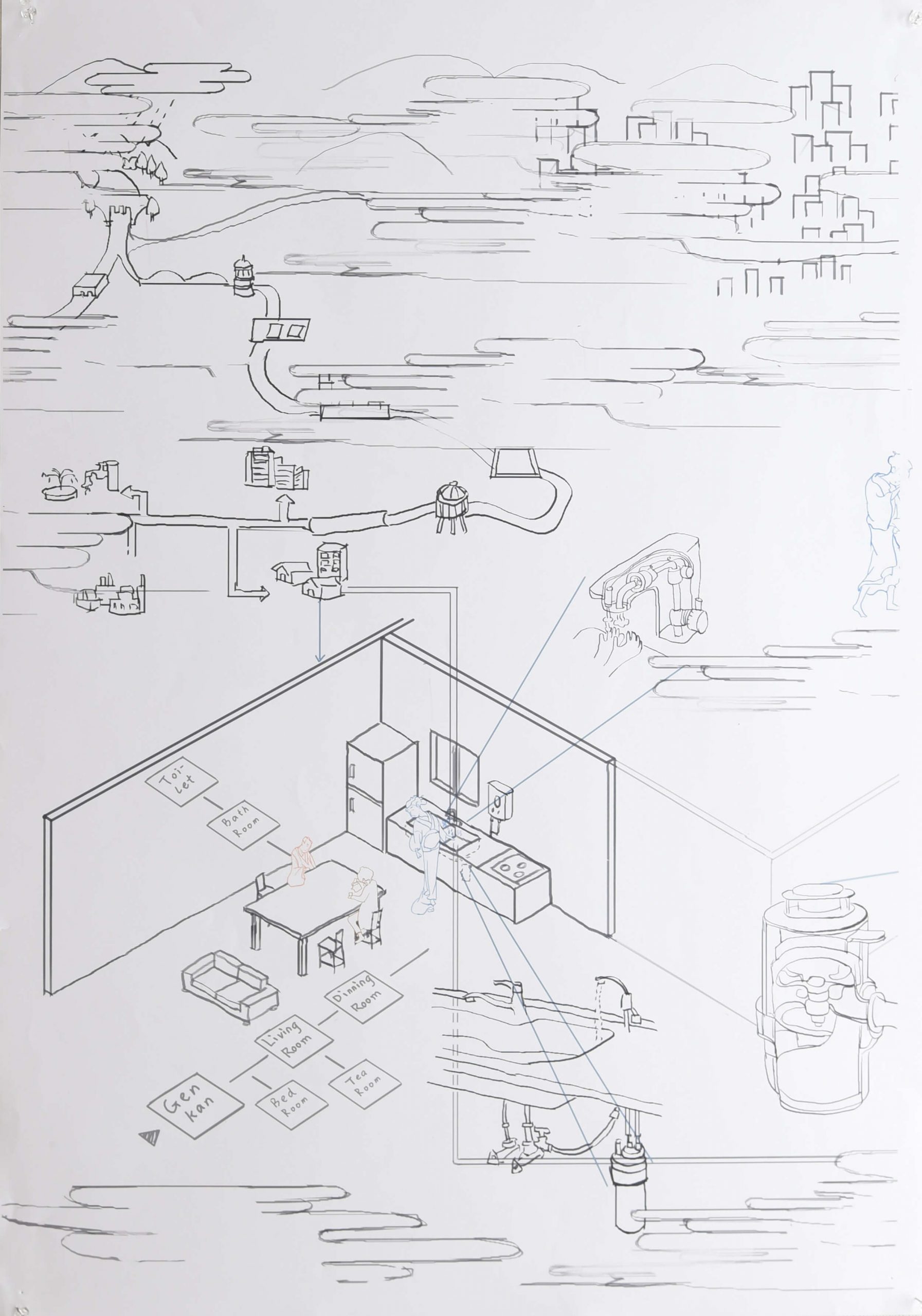
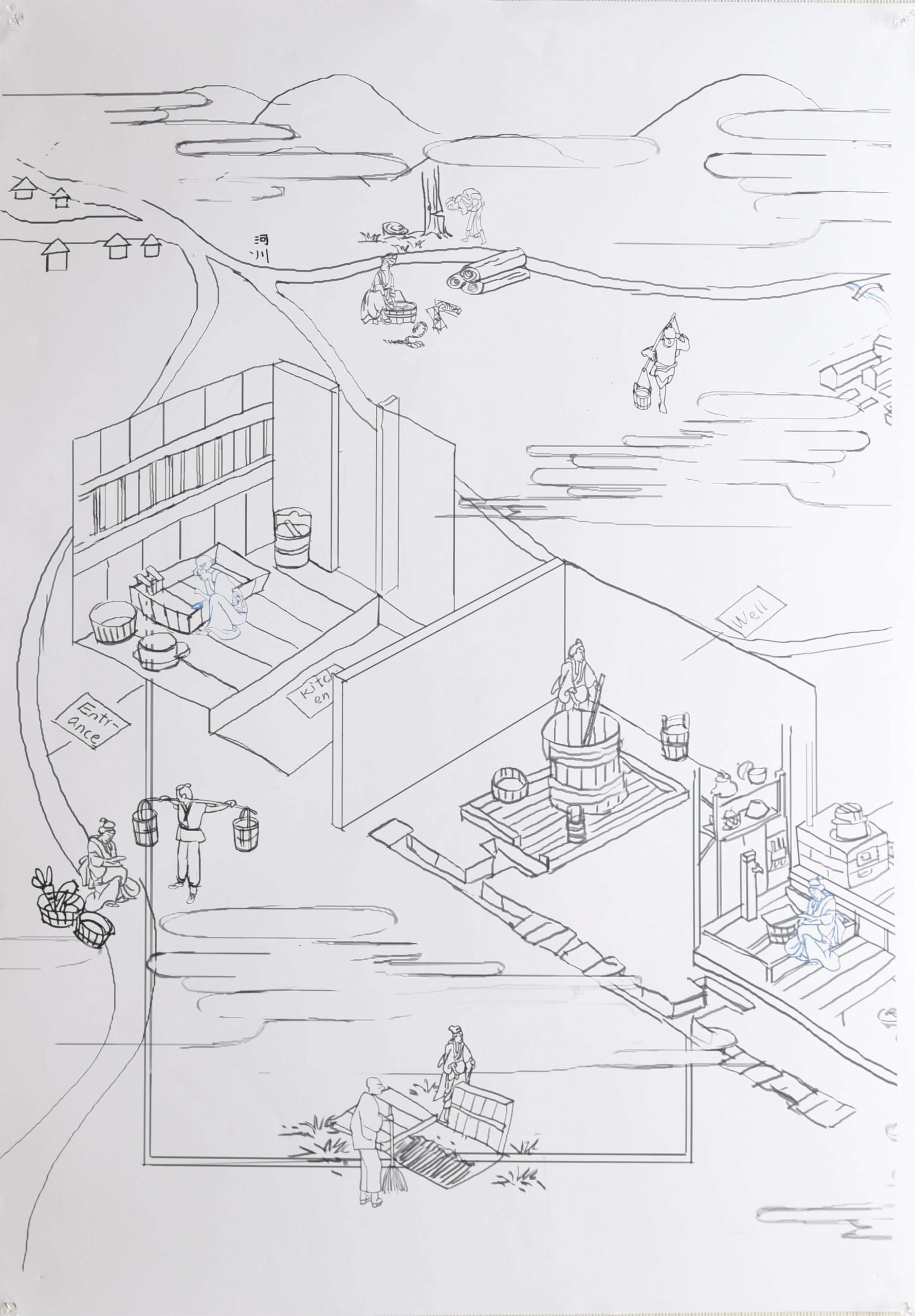
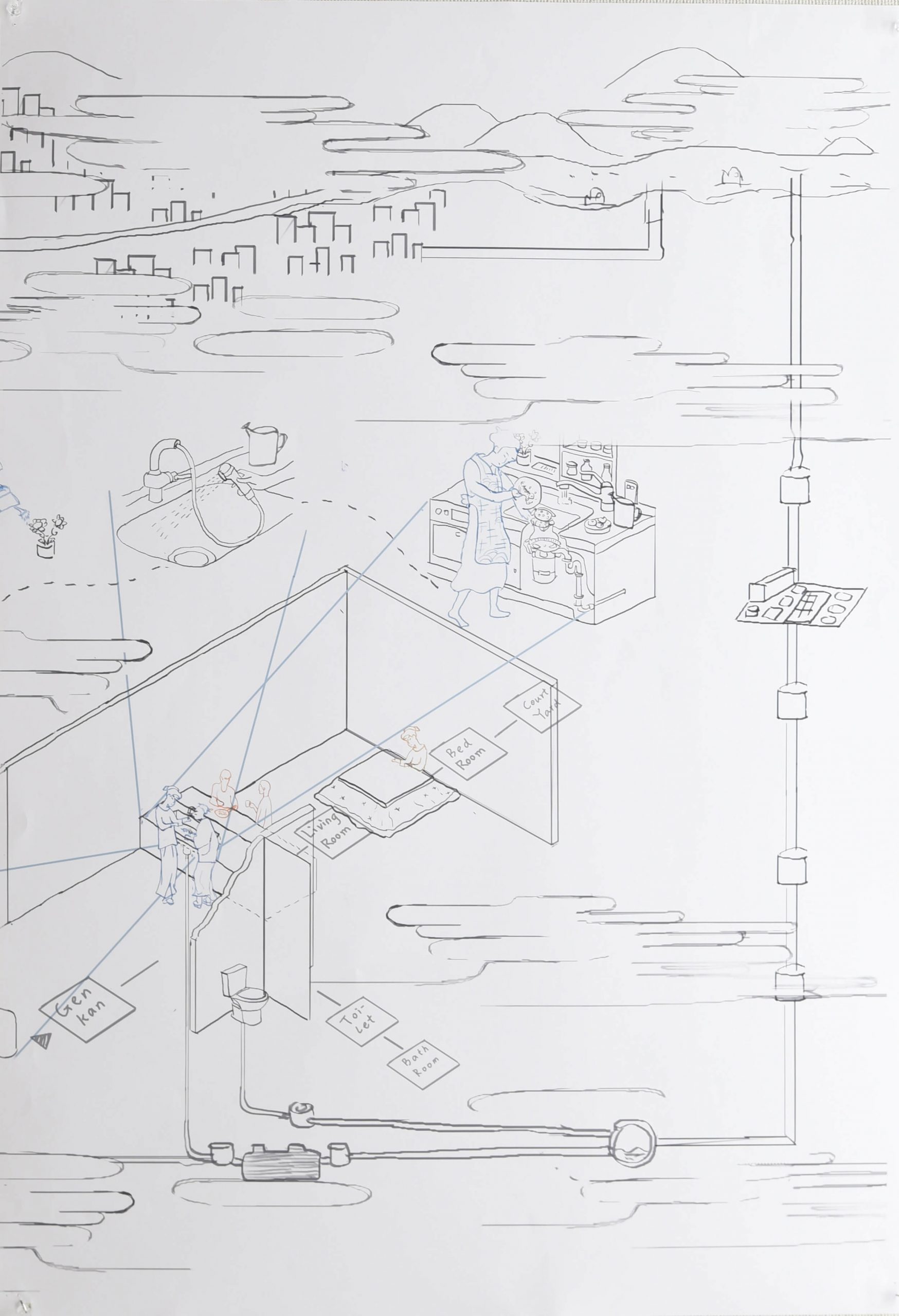
Project
Students
Teacher
Class
Type
Year
Sink
Jin GuKai Yeo WenXiaohan Gao
Laurent Stalder
2019_Thing of ModernityThing of Modernity – Mapping the Micro-geography of Everyday Environments
–
2020 4Q